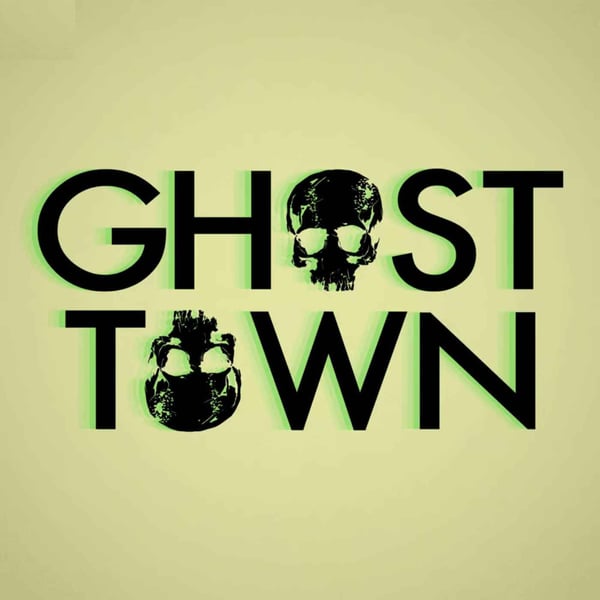Chicken of the World Contest (GT Mini)
Ghost Town: Strange History, True Crime, & the Paranormal
Jason Horton & Rebecca Leib
3.7 • 928 Ratings
🗓️ 25 March 2022
⏱️ 8 minutes
🧾️ Download transcript
Summary
Transcript
Click on a timestamp to play from that location
| 0:00.0 | Bird is the word. I'm Jason Horton. I'm Rebecca Leib. And this is Ghost Town. |
| 0:20.0 | In 1925, there were more than six million farms in the United States, |
| 0:23.9 | triple what we have now. They were local, small properties with a mix of crops and animals, |
| 0:29.1 | and almost always chickens. For most of the farms, the point of having chickens were the eggs. |
| 0:34.0 | Chickens were rarely sold for meat, only when they were male or unable to produce eggs, |
| 0:38.7 | think kind of like an old McDonald's farm, like that old archetype of what a farm is in |
| 0:43.8 | children's books and whatever. Farmers chose the breed they raised based on what type work best |
| 0:48.8 | for whatever climate they were farming in, or because they liked some award-winning bird at a |
| 0:52.9 | state fair. But in a matter of five years, that would all change. Based not on mass farming or |
| 0:58.7 | hormones, don't worry, that'll come later. But by what was essentially a beauty pageant for chickens, |
| 1:03.9 | the chicken of tomorrow contest. Changes were already happening for chicken farmers before World War |
| 1:08.7 | II. In 1923, the electrically heated incubator was invented, so farmers could hatch eggs at insane |
| 1:14.7 | rates, outsourcing the incubation process, so the chicken was freed up to make lots more eggs. |
| 1:20.2 | Still, breeds were selected to be sturdy, not for anyone's eating pleasure. Before World War II, |
| 1:25.2 | chicken wasn't eaten as much as we might eat it today, it was reserved for special occasions, |
| 1:29.9 | but after the war, people wanted to indulge. Howard C. Pierce, the poultry research director for |
| 1:35.6 | A&P supermarket chain, saw this post-war celebration boom, let's say as a way to make some money. |
| 1:42.0 | In 1944, Pierce went to a poultry convention in Canada and said that someone needed to develop |
| 1:47.1 | some kind of giant, large-breasted, super chicken, something more like a turkey. By next summer, |
| 1:53.2 | his wish was granted. With sponsorship from Pierce and the A&P supermarket chain, |
| 1:57.5 | A&P was truly like the Walmart of its time. The USDA organized the chicken of tomorrow contest, |
| 2:03.2 | and every major poultry distributor was very into it. The contest was aimed at breeding a better chicken |
... |
Please login to see the full transcript.
Disclaimer: The podcast and artwork embedded on this page are from Jason Horton & Rebecca Leib, and are the property of its owner and not affiliated with or endorsed by Tapesearch.
Generated transcripts are the property of Jason Horton & Rebecca Leib and are distributed freely under the Fair Use doctrine. Transcripts generated by Tapesearch are not guaranteed to be accurate.
Copyright © Tapesearch 2025.

